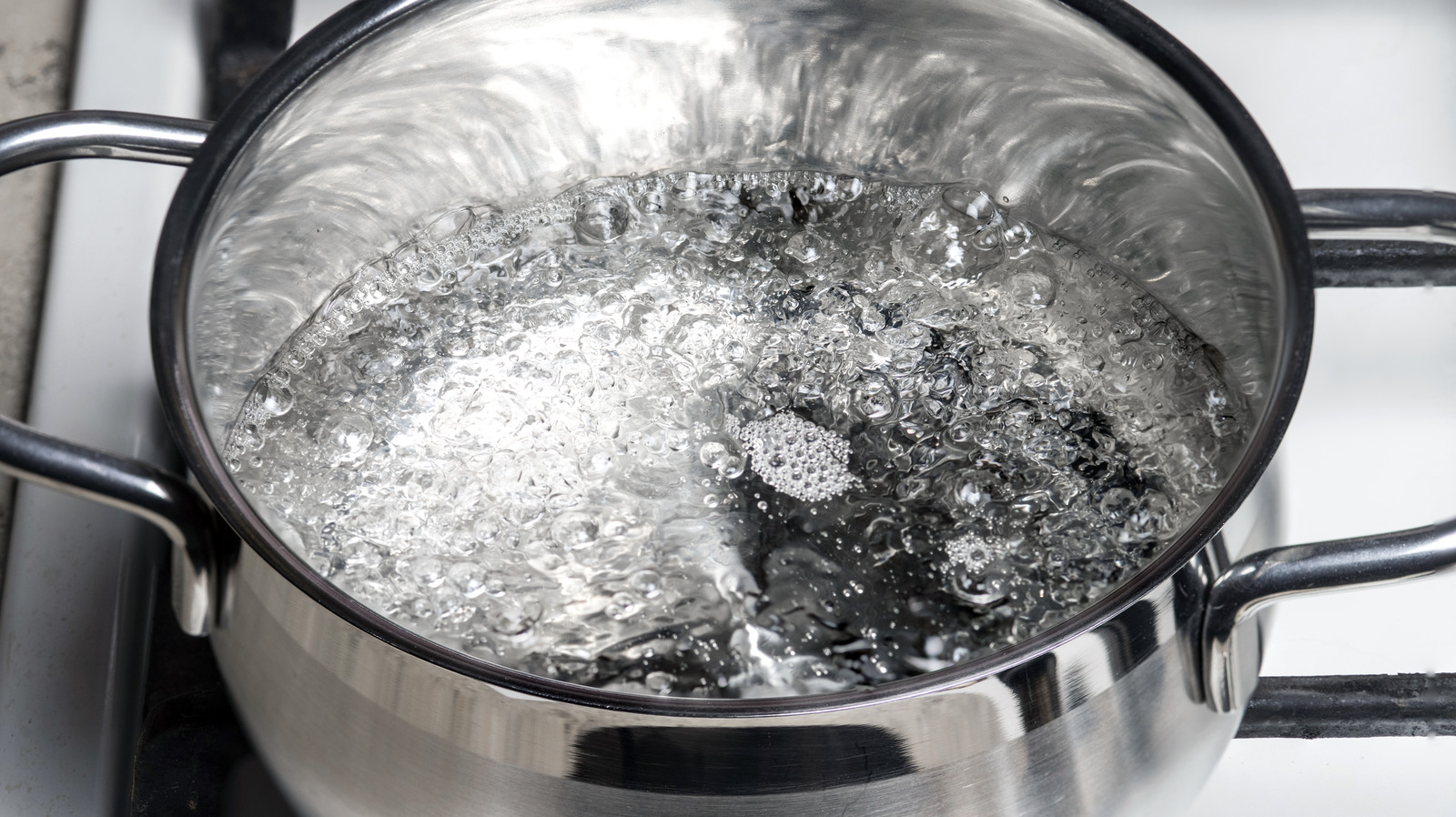Water, an essential element for life, requires purity for consumption. With an array of pollutants affecting our water sources, ensuring clean drinking water is crucial. Here, we delve into ten highly efficient water purification methods at home, guaranteeing its safety for daily use.
1. Boiling: A Simple Yet Reliable Technique
Boiling water remains one of the simplest and most reliable methods to eliminate harmful pathogens and bacteria. By bringing water to a rolling boil for at least one minute (or three minutes at higher altitudes), you can render it safe for consumption.
Advantages:
- A simple and effective method to kill harmful microorganisms.
- Requires minimal equipment and is easily accessible.
- Suitable for emergencies or outdoor activities.
Disadvantages:
- Time-consuming and requires a heat source.
- Does not remove chemical pollutants or dissolved solids.
2. Filtration: Removing Impurities with Ease
Utilizing various filters like activated carbon, ceramic, or reverse osmosis systems can effectively remove contaminants, sediment, and odor from water. These filtration systems come in diverse forms, from pitcher filters to under-sink installations, catering to different household needs.
Advantages:
- Effectively removes impurities, sediment, and odor from water.
- Offers various filter types for different household needs.
- Provides better-tasting and cleaner water.
Disadvantages:
- Some filters need regular replacement, increasing maintenance costs.
- May not eliminate all contaminants depending on the filter type.
3. Distillation: Separating Water from Impurities
Distillation involves boiling water and collecting the steam, leaving behind impurities. The condensed vapor results in clean, purified water, free from contaminants and minerals. Although a slower process, it ensures exceptional purity.
Advantages:
- Produces highly purified water by removing contaminants and minerals.
- Guarantees exceptional purity of water.
Disadvantages:
- Time-consuming and requires a heat source.
- Removes beneficial minerals from water along with impurities.
4. Chlorination: Disinfecting Water Sources
Chlorination involves adding chlorine or chlorine-based compounds to water to eliminate bacteria and viruses. While widely used in municipal water treatment, caution and appropriate measurements are necessary for safe home application.
Advantages:
- Widely used in municipal water treatment, effectively killing pathogens.
- Provides safe drinking water by eliminating bacteria and viruses.
Disadvantages:
- Over-chlorination may lead to taste and odor issues.
- Some chlorine-resistant pathogens may survive.
5. UV Water Purification: Harnessing Ultraviolet Light
UV purification uses ultraviolet rays to neutralize microorganisms, rendering them unable to reproduce. UV purifiers are efficient, low-maintenance systems ideal for killing bacteria and viruses without altering the water’s taste or odor.
Advantages:
- Efficiently kills bacteria and viruses without altering taste or odor.
- Low maintenance and environmentally friendly.
Disadvantages:
- Requires electricity to operate.
- Effectiveness can be reduced if the water is turbid or cloudy.
6. Iodine Treatment: Killing Harmful Microorganisms
Iodine, when added in the right proportions, acts as a powerful disinfectant, effectively killing bacteria, viruses, and parasites. However, individuals with iodine allergies or thyroid conditions should seek alternatives.
Advantages:
- Acts as a potent disinfectant against various microorganisms.
Disadvantages:
- Not suitable for individuals with iodine allergies or certain health conditions.
- May cause a distinct taste and color in water.
7. Use of Chemical Tablets: Convenient and Portable
Chemical tablets containing chlorine dioxide or other disinfectants provide a portable and easy-to-use method for purifying water, particularly in outdoor or emergencies.
Advantages:
- Provides a portable and easy-to-use method for water purification.
- Suitable for outdoor or emergencies.
Disadvantages:
- Some tablets may take longer to disinfect water effectively.
- Chemical taste and odor might be present in treated water.
8. Activated Carbon Absorption: Absorbing Organic Compounds
Activated carbon effectively removes organic compounds, chemicals, and residual chlorine from water, enhancing its taste and odor. Its porous surface traps impurities, improving overall water quality.
Advantages:
- Removes organic compounds, and residual chlorine, and improves taste.
- Enhances water quality by trapping impurities.
Disadvantages:
- Limited effectiveness against heavy metals and dissolved solids.
- Requires periodic replacement of activated carbon filters.
9. Ceramic Filtration: Reliable and Sustainable
Ceramic filters, made from natural materials like clay, are highly effective in trapping bacteria and sediments. Their longevity and reliability make them a sustainable choice for long-term water purification needs.
Advantages:
- Durable and effective in trapping bacteria and sediments.
- Sustainable choice for long-term water purification needs.
Disadvantages:
- Can be fragile and prone to breakage if mishandled.
- May require frequent cleaning to maintain efficiency.
10. Reverse Osmosis: Eliminating Impurities at Molecular Levels
Reverse osmosis systems use a semi-permeable membrane to remove impurities and contaminants at a molecular level, producing clean and safe drinking water.
Advantages:
- Removes impurities at a molecular level, providing clean water.
- Effective in eliminating various contaminants
Disadvantages:
- Wastes water during the purification process.
- Requires electricity and regular maintenance of the membrane.
What is the most effective method for Water Purification at Home
However, among the water purification methods We’ve mentioned, reverse osmosis (RO) is often considered one of the most effective techniques for purifying water.
Reverse osmosis systems employ a semi-permeable membrane to eliminate a wide range of impurities, including bacteria, viruses, dissolved solids, and contaminants at a molecular level. This process results in exceptionally clean and safe drinking water, meeting stringent purity standards.
Conclusion
Access to clean, safe drinking water is imperative for overall well-being. By employing these diverse water purification methods, you can safeguard yourself against waterborne diseases and ensure the availability of pure water for various daily activities.


